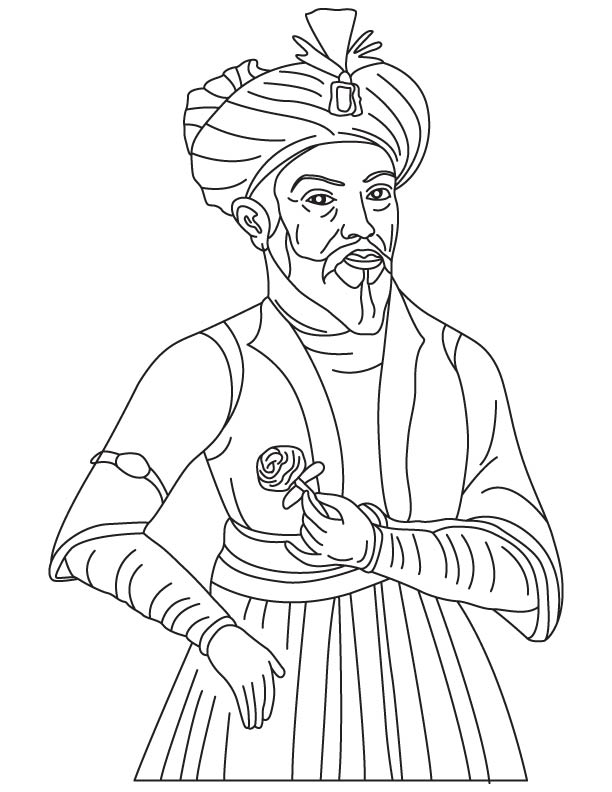Coloring Pages
- Activities Coloring Pages
- Animals and their Homes Coloring Pages
- Animals Coloring Pages
- Astronomy & Space Coloring Pages
- Baby Animals Coloring Pages
- Cartoons Characters Coloring Pages
- Clothing Coloring Pages
- Coloring Pages for Teens
- Commonwealth Games Coloring Pages & Posters
- Connect the Dots Numbers
- Construction Vehicles and Tools Coloring Pages
- Culture and Tradition Coloring Pages
- Domestic/Farm Animals Coloring Pages
- Educational & Preschool Coloring Pages
- Fantasy And Medieval Coloring Pages
- Flags of the Nations Coloring Pages
- Flower Coloring Pages
- Food and Agriculture Coloring Pages
- Health and Fitness Coloring Pages
- Holiday Coloring Pages
- House, Building and Home Coloring Pages
- Jungle Coloring Pages
- Maths Worksheets
- Music Coloring Pages
- Nature Coloring Pages
- Parts of Body Coloring Pages
- People & Professional Coloring Pages
- Religious Coloring Pages
- Road Sign, Safety, Good Manner, Habit Coloring Pages
- Seasons, Calendar, Time & Money Coloring Pages
- Silhouettes
- Sports Coloring Pages
- Stories, Tales and Classics Characters Coloring Pages
- Toys Coloring Pages
- Trophies, Medals and Awards Coloring Pages
- Vehicle Coloring Pages
- World Famous Great Inventions
- World Famous Great Scientist and Inventors
- Writing Practice Worksheets
Ulugh Beg coloring pages


Ulugh Beg (1394–27 October, 1449) was a Timurid astronomer, mathematician and sultan. His name also appears as Ulug Bey, (bey in Turkish means 'chieftain'), Ulugh Bek and Ulug Bek. The grandson of the conqueror Timur the Lame (1336–1405) and the oldest son of Shah Rukh, both of whom came from the Turkic Barlas tribe of Transoxiana (present Uzbekistan), Ulugh Beg was born in Sultaniyya in modern-day Iran.
His own particular interests concentrated on astronomy. In 1428, he built an enormous observatory, called the Gurkhani Zij, similar to Tycho Brahe's later Uraniborg. Lacking telescopes to work with, he increased his accuracy by increasing the length of his sextant; the so-called Fakhri Sextant had a radius of circa 36 metres and the optical separability of 180 (seconds of arc).
In 1437 Ulugh Beg determined the length of the sidereal year as 365.2570370...d = 365d 6h 10m 8s (an error +58s). In his measurements within many years he used a 50 metre high gnomon. Ulugh Beg was also notable for his work in astronomy-related mathematics, such as trigonometry and spherical geometry.




 Print this page
Print this page














































































































































